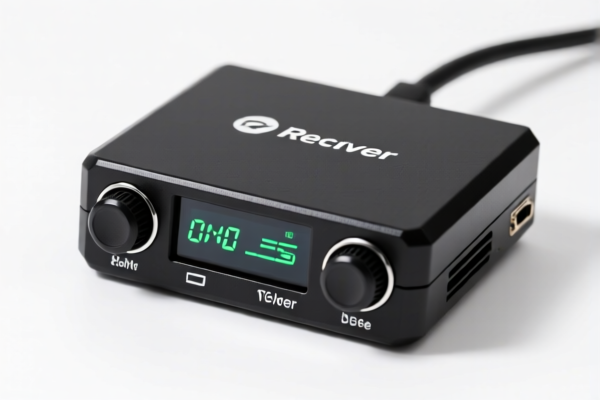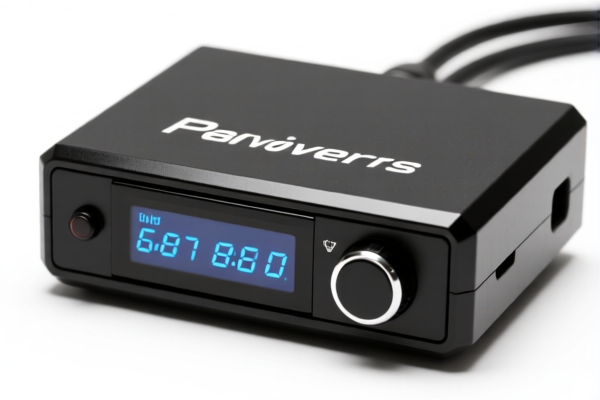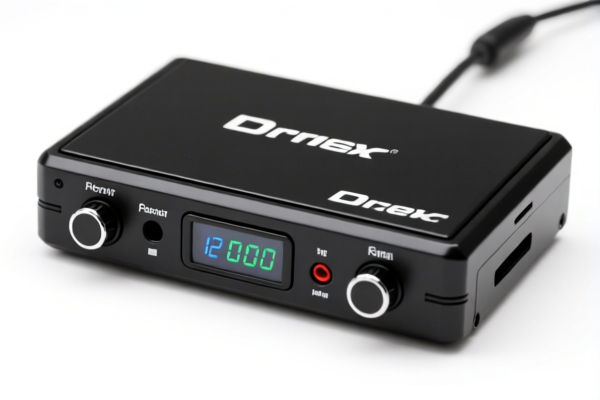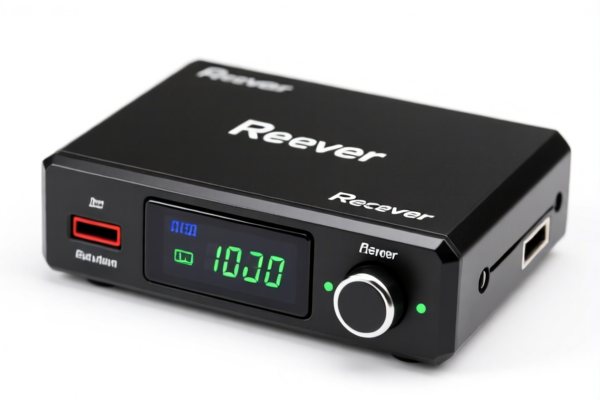| HS Code | Official Doc | Tariff Rate | Origin | Destination | Effective Date |
|---|---|---|---|---|---|
| 8517690000 | Doc | 55.0% | CN | US | 2025-05-12 |
| 8517620090 | Doc | 30.0% | CN | US | 2025-05-12 |
| 8543706000 | Doc | 55.0% | CN | US | 2025-05-12 |
| 8543906500 | Doc | 55.0% | CN | US | 2025-05-12 |




A transceiver is a device that combines a transmitter and a receiver into a single unit. It is used to both send and receive signals. The term is often used in wireless communication technologies.
Material
Transceivers are constructed from a variety of materials depending on the frequency of operation and intended application. Common materials include:
- Semiconductors: Silicon, gallium arsenide (GaAs), and other semiconductor materials are used for the core electronic components like oscillators, amplifiers, mixers, and digital logic.
- Metals: Aluminum, copper, and gold are used for interconnects, shielding, and heat sinks.
- Plastics and Ceramics: Used for housing, insulation, and antenna substrates. Specific plastic types (e.g., FR-4, PTFE) are chosen for their dielectric properties.
- PCB (Printed Circuit Board): Provides the foundation for mounting and connecting components.
- RF Connectors: Typically made of brass or stainless steel with gold plating for corrosion resistance and optimal signal transfer.
Purpose
The primary purpose of a transceiver is to enable bidirectional communication. Instead of requiring separate devices for transmitting and receiving, a transceiver integrates these functions into one unit, reducing size, complexity, and cost.
Function
A transceiver performs the following key functions:
- Transmission: Modulates a carrier signal with information, amplifies the signal, and transmits it via an antenna.
- Reception: Receives incoming signals via an antenna, filters and amplifies the desired signal, and demodulates it to recover the original information.
- Frequency Conversion: Often includes upconversion (mixing the baseband signal to a higher frequency for transmission) and downconversion (mixing the received signal to a lower frequency for processing).
- Signal Processing: May include filtering, amplification, noise reduction, and error correction.
- Control and Synchronization: Manages the transmission and reception process, including frequency selection, power control, and timing synchronization.
Usage Scenarios
Transceivers are used in a wide range of applications:
- Wireless Communication:
- Radios: Two-way radios, amateur radio equipment, software-defined radios (SDRs).
- Cellular Networks: Base stations and mobile phones.
- Wi-Fi and Bluetooth: Access points, smartphones, and other wireless devices.
- Satellite Communication: Earth stations and satellites.
- Remote Control Systems: Garage door openers, key fobs, drones.
- Networking: Ethernet transceivers (SFP, QSFP modules) used in switches and routers.
- Automotive: Keyless entry systems, tire pressure monitoring systems (TPMS).
- Industrial Control: Wireless sensors and actuators.
- Medical Devices: Wireless patient monitoring systems.
Common Types
- Half-Duplex Transceivers: Can transmit or receive, but not simultaneously. Examples include walkie-talkies.
- Full-Duplex Transceivers: Can transmit and receive simultaneously. Examples include mobile phones.
- SFP (Small Form-factor Pluggable) Transceivers: Used in networking equipment for Gigabit Ethernet and other high-speed data communication. Available in various types (SX, LX, EX, ZR) based on fiber optic distance and wavelength.
- QSFP (Quad Small Form-factor Pluggable) Transceivers: Used for 40 Gigabit Ethernet and higher speeds.
- RF Transceivers: Used in radio applications, often integrated with microcontrollers. Examples include nRF24L01, LoRa transceivers.
- Bluetooth Transceivers: Used for short-range wireless communication.
- LoRa Transceivers: Used for long-range, low-power wide-area network (LPWAN) applications.
- Software-Defined Radio (SDR) Transceivers: Highly flexible transceivers that can be programmed to operate on different frequencies and modulation schemes.
Based on the provided information, a transceiver generally falls under apparatus for the transmission or reception of voice, images or other data. Here's a breakdown of relevant HS codes:
-
8517.69.00.00: This HS code covers telephone sets, including smartphones and other telephones for cellular networks or other wireless networks; other apparatus for the transmission or reception of voice, images or other data, including apparatus for communication in a wired or wireless network (such as a local or wide area network), other than transmission or reception apparatus of heading 8443, 8525, 8527 or 8528. It specifically applies to “Other apparatus for transmission or reception of voice, images or other data, including apparatus for communication in a wired or wireless network.” The base tariff is 0.0%, with an additional tariff of 25.0%, increasing to 30% after April 2, 2025, resulting in a total tariff of 55.0%.
-
8517.62.00.90: This HS code also covers telephone sets, including smartphones and other telephones for cellular networks or other wireless networks; other apparatus for the transmission or reception of voice, images or other data, including apparatus for communication in a wired or wireless network. More specifically, it applies to “Machines for the reception, conversion and transmission or regeneration of voice, images or other data, including switching and routing apparatus.” The base tariff is 0.0%, with no additional tariff currently, but an additional tariff of 30% will be applied after April 2, 2025, resulting in a total tariff of 30.0%.
-
8543.70.60.00: This HS code covers electrical machines and apparatus, having individual functions, not specified or included elsewhere; parts thereof. Specifically, it applies to “Articles designed for connection to telegraphic or telephonic apparatus or instruments or to telegraphic or telephonic networks.” The base tariff is 0.0%, with an additional tariff of 25.0%, increasing to 30% after April 2, 2025, resulting in a total tariff of 55.0%.
Regarding HS code 8517.69.00.00, 8517.62.00.90 and 8543.70.60.00, please note the additional tariffs of 25.0% (currently) or 30.0% (after April 2, 2025) apply.
Customer Reviews
No reviews yet.